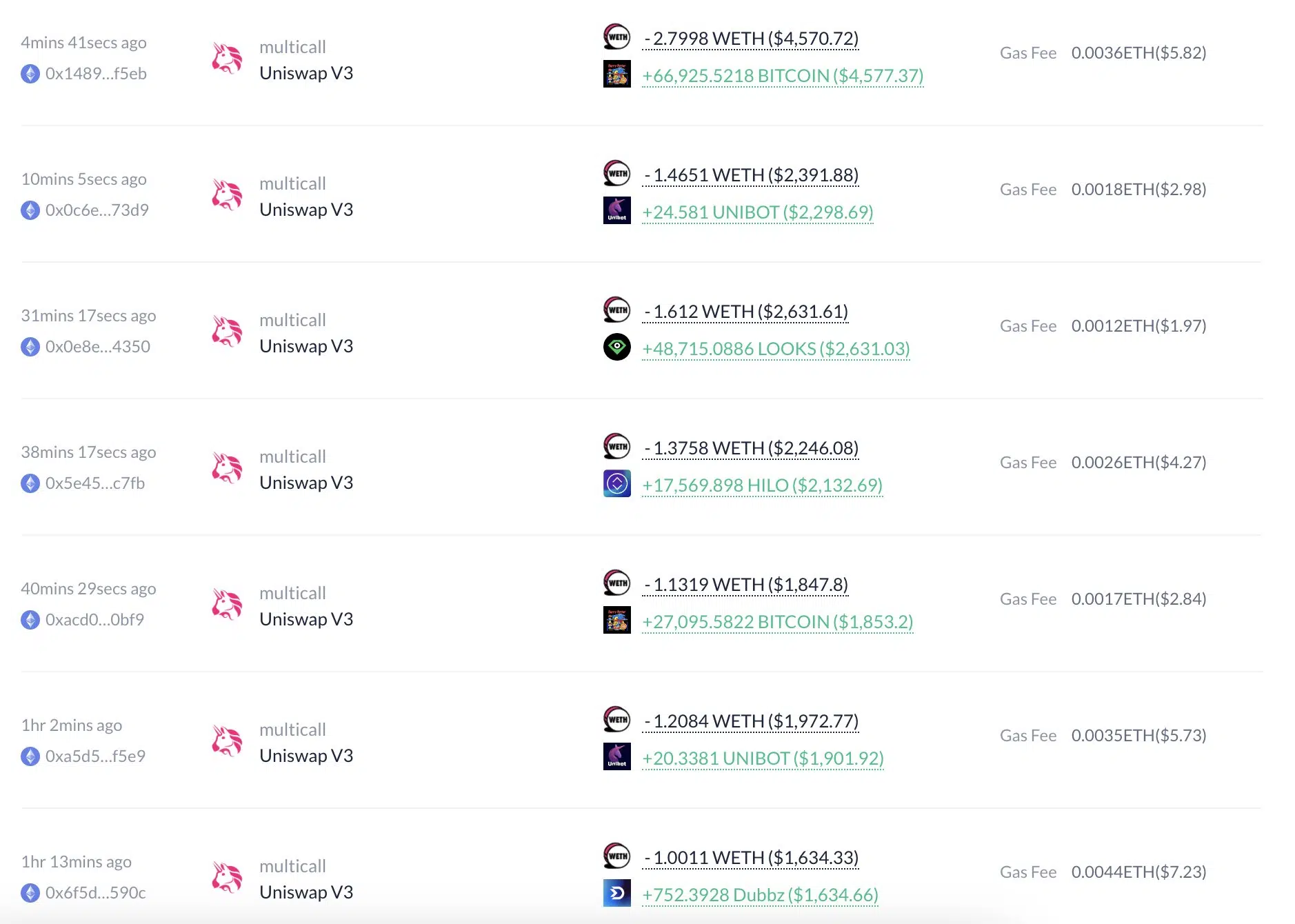Brazil’s Inflation Index/IGP-M came in at -0.06% in February, lower than expected. This figure was below the 0.05% forecasted by economists and financial experts.
The IGP-M is a price index used to monitor inflation in Brazil. It measures the cost of goods and services in the country and is used to determine changes in the cost of living. The index is based on three main components: the General Price Index (IPA), the Construction Cost Index (INCC) and the Wholesale Price Index (IPA-M).
The -0.06% figure for February is the lowest the IGP-M has been since December 2019, when it was -0.09%. This is a significant drop from the 0.51% registered in January, and is a sign that inflation in Brazil is slowing down.
The decline in the IGP-M is largely attributed to the weak economic performance of the country. Brazil’s economy has been in recession since 2014 and the current economic crisis has been exacerbated by the Covid-19 pandemic. This has led to a decrease in demand for goods and services, which has in turn had an impact on the IGP-M.
The decline in the IGP-M is good news for consumers, as it means that the cost of goods and services is not increasing as rapidly as it was before. This is likely to be welcomed by households, who have been struggling with rising prices in recent years.
However, the decline in the IGP-M is also a cause for concern for the Brazilian government. Lower inflation can lead to a decrease in economic activity, as businesses are less likely to invest in new projects and hire more employees when the cost of goods and services is not rising. This can have a negative effect on the country’s economic growth.
In order to combat the decline in the IGP-M, the Brazilian government has implemented several measures, such as increasing public spending and cutting taxes. These measures are designed to stimulate economic activity, which will in turn help to increase the IGP-M.
The Brazilian government is also working to improve the country’s infrastructure, which will help to increase productivity and allow businesses to produce more goods and services. This should help to increase the demand for goods and services, which will in turn lead to an increase in the IGP-M.
It remains to be seen whether the measures implemented by the Brazilian government will be successful in reversing the decline in the IGP-M. In the meantime, the government must continue to work to improve the country’s economic performance, in order to ensure that inflation remains low and the cost of living does not become too high.
In conclusion, the IGP-M coming in at -0.06% in February is a sign that inflation in Brazil is slowing down. This is good news for consumers, as it means that the cost of goods and services is not increasing as rapidly as it was before. However, the Brazilian government must continue to work to improve the country’s economic performance, in order to ensure that inflation remains low and the cost of living does not become too high. The government has already implemented several measures to stimulate economic activity, but it remains to be seen whether these will be successful in reversing the decline in the IGP-M. Ultimately, it is up to the government to ensure that the country’s economy remains healthy and that inflation remains low.

